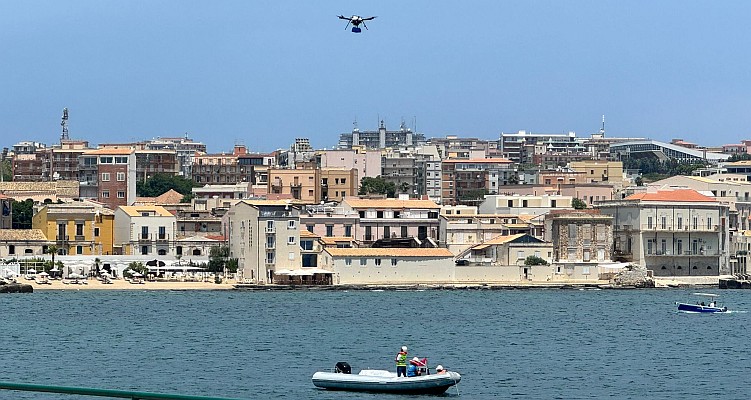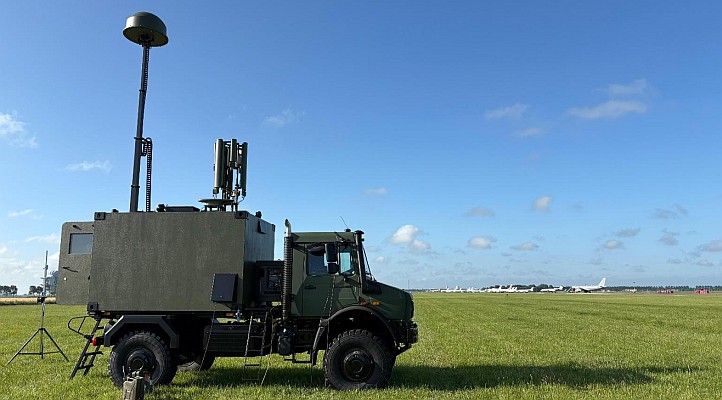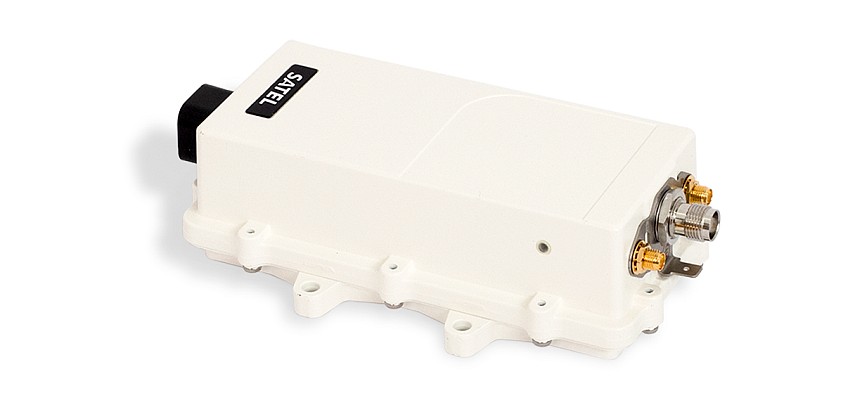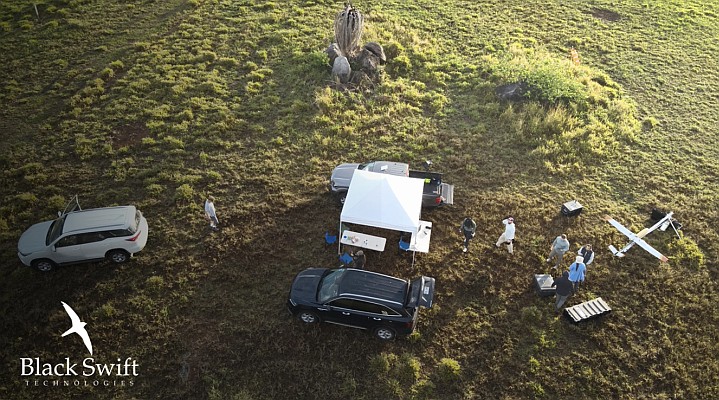Pilots and flight controllers will benefit from exchanging data and communicating via satellite and terrestrial systems in the future Single European Sky. This is the aim of ESA’s new programme, Iris, set in motion this week by ESA Member States. The Single European Sky legislation launched by the European Commission in March 2004 has set the political frame for actions in Europe to unlock viable growth in air transport.
To support this, the Single European Sky Air traffic management Research (Sesar) programme is the ‘operational’ part, proposing a new approach to reform the air traffic management structure in Europe. It addresses administrative, operational and technical concepts for communication, navigation and surveillance for air traffic safety. ESA, with the support of the European space industry, Eurocontrol, air navigation service providers, and national space agencies, is preparing to carry out all the necessary work for satellite communications to be considered under the Sesar programme.
Together with the European Union, these organisations have worked towards implementing a new air traffic management concept. By 2020 global air travel is expected to double, resulting in increasing congestion on the ground and in the air, resulting in a requirement for a new, independent air-to-ground link for aircraft communications. All levels of civil aviation authorities, including Eurocontrol, the agency responsible for European airspace, recognise the need to complement the current systems with added capacity.
The European Commission has already set targets for such a system. To reduce delays, and to take into account future demand, the system must be able to handle a three-fold increase in capacity. Safety, too, must be improved by a factor of ten while reducing the burden on the environment by at least 10 percent. The final EC requirement is that air traffic management services be 50 percent less expensive than current systems.
The Iris programme will be divided into three phases. The first phase will lead up to the 2008 ESA Council meeting at ministerial level, and contribute to early development of the required satellite system and the new communication system in line with pre-agreed planning. The second phase, if approved by the ministers in 2008, will start in mid-2009 and include the system development.
Phase three is planned to start in 2012 and, if approved by the Council at ministerial level in 2011, will support in-orbit verification and certification of the pre-operational system, technical support to deployment of the full system, and preliminary work leading to an enhanced future role for satellites.






